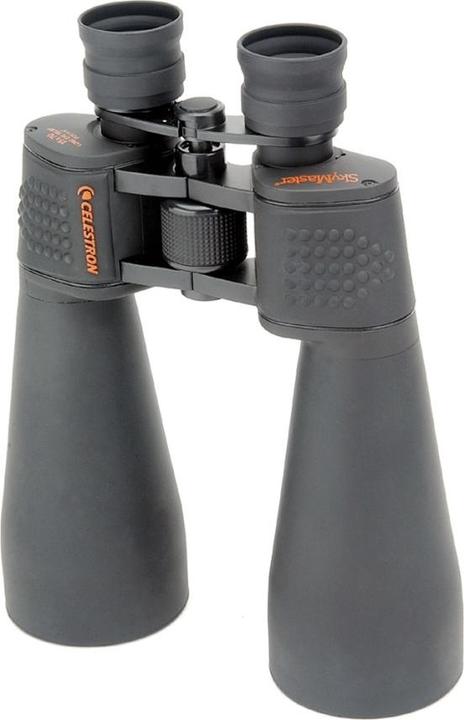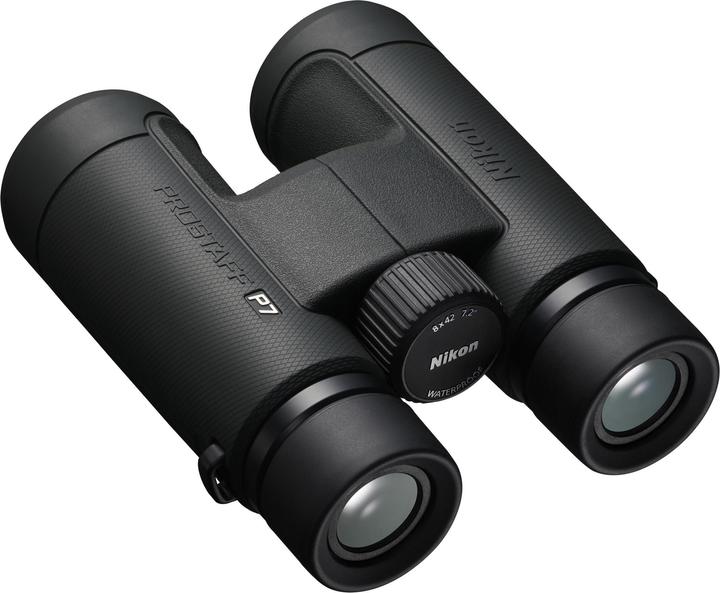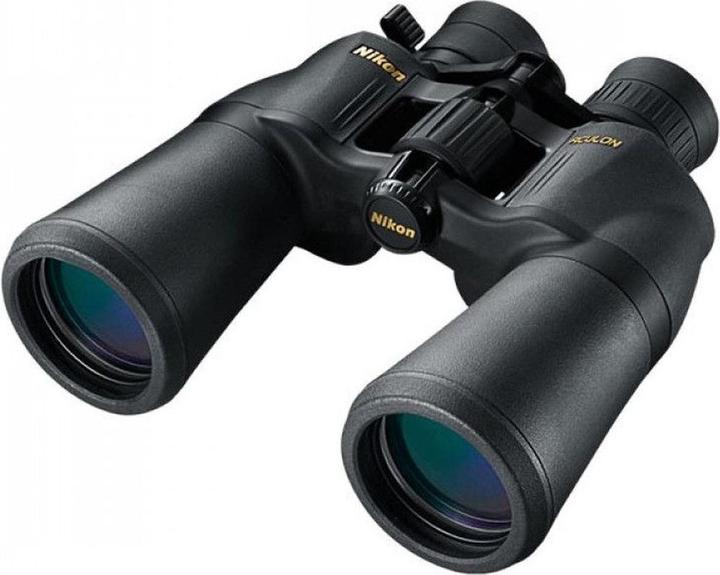
Too Many Binoculars? Here's How to Find the Right Pair
Consider these five key factors to help you choose the perfect binoculars for your needs.
Last updated 1 day ago. Automatically generated content.


Select options and limit the number of products
Binocular type refers to the design of optical devices used for magnifying distant objects. It is crucial in determining the field of view and ease of use, impacting the overall experience during activities like bird watching or hiking.
Popular options (you can select more than one)
Binocular
Provides dual lenses for both eyes, ensuring a wide field of view and depth perception.
Ideal for outdoor enthusiasts who need enhanced detail and clarity in their observations.
Bestseller
Monocular
Features a single lens for one eye, offering a compact and lightweight design.
Perfect for quick spotting and use in situations where portability is essential, such as traveling.
Bestseller
Magnification in binoculars determines how much closer objects appear compared to the naked eye, influencing the level of detail visible to the user. It's important for selecting binoculars suited to specific activities, such as bird watching or stargazing, enhancing the overall viewing experience.
Popular options
Up to 8 x
Provides a wide field of view, making it easier to locate and track moving subjects.
Ideal for general use, including hiking and wildlife observation, offering stable images and easy handling.
Bestseller
9 - 14 x
Offers mid-range magnification, allowing detailed observation of distant subjects.
Suitable for birdwatching or sports events, providing a balance between detail and stability.
Bestseller
15 - 20 x
Delivers high magnification for viewing distant objects in detail.
Best for stargazing or long-range observation, though may require a tripod for steady images.
Bestseller
Aperture size in binoculars refers to the diameter of the front lenses, which directly affects the amount of light entering the binoculars. Choosing the right aperture size is important for optimal viewing experience, influencing brightness, clarity, and suitability for different lighting conditions.
Popular options
Up to 32 mm
Typical price
54,– to 230,–Features smaller lenses that are lightweight and compact, making them easy to carry.
Ideal for daytime use and casual activities, providing sufficient brightness in well-lit conditions.
Bestseller
33 - 50 mm
Typical price
130,– to 400,–Offers medium-sized lenses that balance portability with enhanced light gathering.
Suitable for versatile use, including bird watching and sporting events, providing clear views in varying light conditions.
Bestseller
51 - 70 mm
Typical price
210,– to 640,–Equipped with larger lenses to maximize light intake for superior brightness.
Best for low-light environments like dawn or dusk, delivering excellent image clarity and detail.
Bestseller
The application range of binoculars dictates the specific environments and activities they are best suited for, ensuring optimal performance and user satisfaction. Choosing the appropriate application range enhances the viewing experience by aligning the binoculars' features with the user's intended purpose.
Popular options (you can select more than one)
Nature observation
Typical price
89,– to 370,–Designed with wide fields of view and bright optics for detailed and immersive wildlife watching.
Ideal for birdwatchers and nature enthusiasts, offering clarity and color accuracy to spot and identify species easily.
Bestseller
Hunting
Typical price
150,– to 550,–Features rugged construction and camouflage designs for stealth in outdoor environments.
Provides hunters with precise tracking and clear views of targets, even in low light conditions.
Bestseller
Travel
Typical price
80,– to 260,–Compact and lightweight binoculars for easy portability during adventures.
Perfect for travelers who need versatile optics for sightseeing and outdoor exploration without added bulk.
Bestseller
Astronomy
Typical price
94,– to 220,–High magnification and large aperture lenses for stargazing and celestial observation.
Ideal for amateur astronomers, offering detailed views of stars, planets, and distant galaxies.
Bestseller
The choice of binocular brand influences quality, durability, and specific features, ensuring satisfaction and value in outdoor pursuits. Brands like Nikon, Celestron, and Steiner are recognized for their optical precision and robust design, catering to diverse needs from birdwatching to stargazing.
Popular brands (you can select more than one)
Nikon
Renowned for superior optics and innovative technology.
Ideal for photography enthusiasts seeking high-resolution and clear images.
Bestseller
Celestron
Known for its specialized telescopes and binoculars with exceptional clarity.
Perfect for astronomy lovers aiming for detailed night sky observations.
Bestseller
Bresser
Offers affordable options with reliable performance.
Suitable for beginners looking for quality without breaking the bank.
Bestseller
Steiner
Famous for military-grade durability and precision.
Great choice for outdoor adventurers needing rugged, reliable equipment.
Bestseller
Canon
Focuses on image stabilization and advanced lens technology.
Benefits those who require steady viewing for wildlife and sports events.
Bestseller








